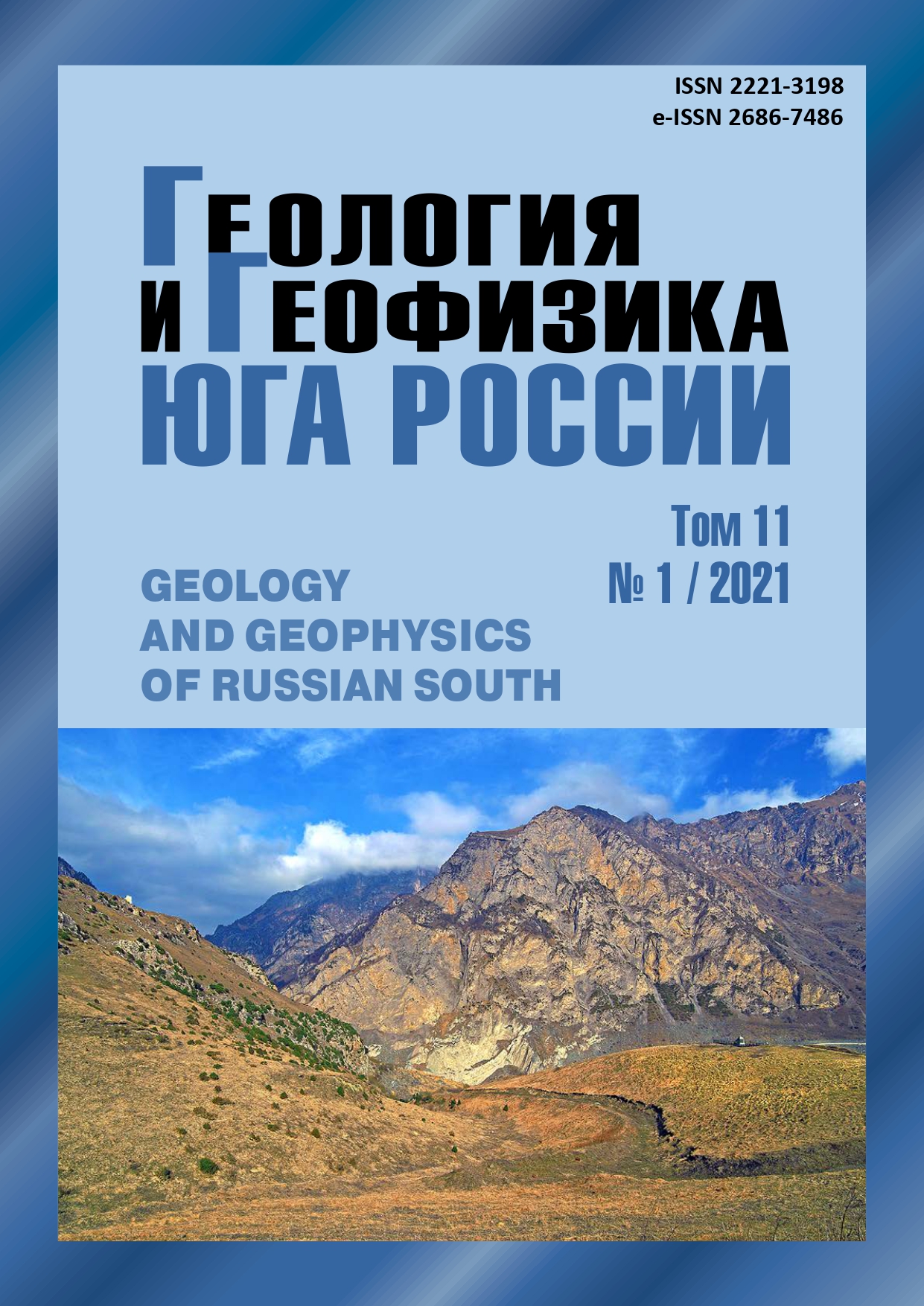Features of relationship between spatial-time distribution of seismicity, the level of geodynamic potential of the earth’s crust blocks and fault-block tectonics of the Eastern Caucasus
Abstract
Relevance. The increased interest in seismically active region of the Eastern Caucasus, including the most seismically active in the European part of Russia, the region is dictated by the fact that elevated seismic effects get a large energy facilities Sulak cascade, and also built many small hydroelectric power station, the main transport lines, high voltage power lines, oil pipelines Federal and Republican values, aerial and sea ports, and a large, sprawling cities and towns of the region. The lack of research on the problem of assessing the geodynamic and geotectonic situation with the involvement of material on the history of the geological development of the system can lead to undesirable environmental consequences. Aim. To establish the relationship between the spatial-temporal distribution of seismicity, the level of geodynamic potential of the crustal blocks and the faultblock tectonics of the region. Methods. The main research methods are paleoseismogeological, structuraltectonic, taking into account the geodynamic potential of the blocks of the region, and the analysis of the spatial-temporal distribution of seismicity over the instrumental period of observations. Results. The features of the relationship between the spatial-temporal distribution of seismicity, the level of geodynamic potential of crustal blocks and the fault-block tectonics of the region are established, which consist in the fact that areas with increased modern seismic activity are well correlated with geodynamic zones with critical geodynamic potential and historical activity. The corresponding seismotectonic schemes are drawn up. Three sublatitudinal zones of increased tectonic activity in the Foothill and Mountainous parts of the region, controlled by known Subcaucasian faults, have been identified. A preliminary map of the WHO zones in the region has been drawn up.


